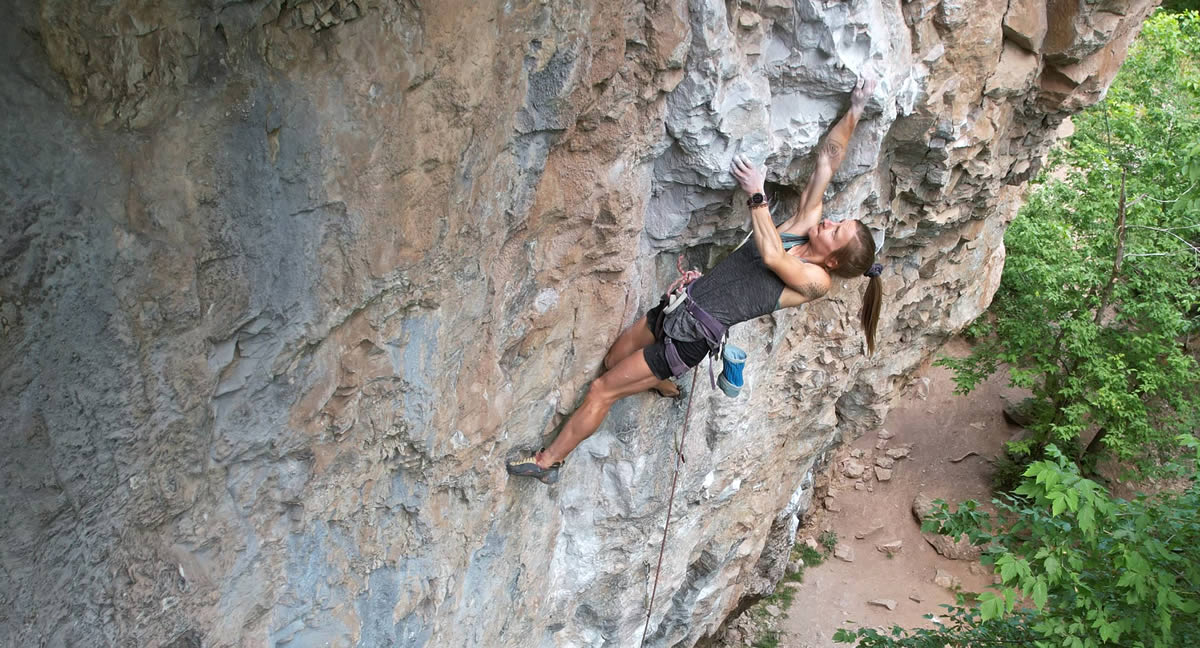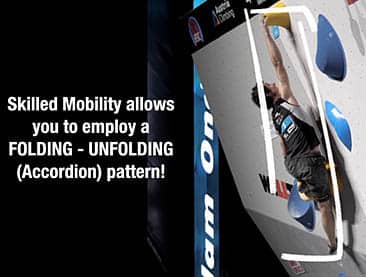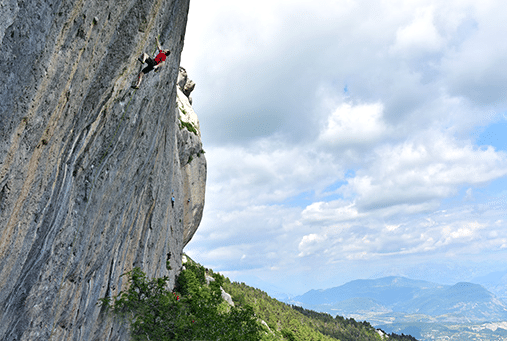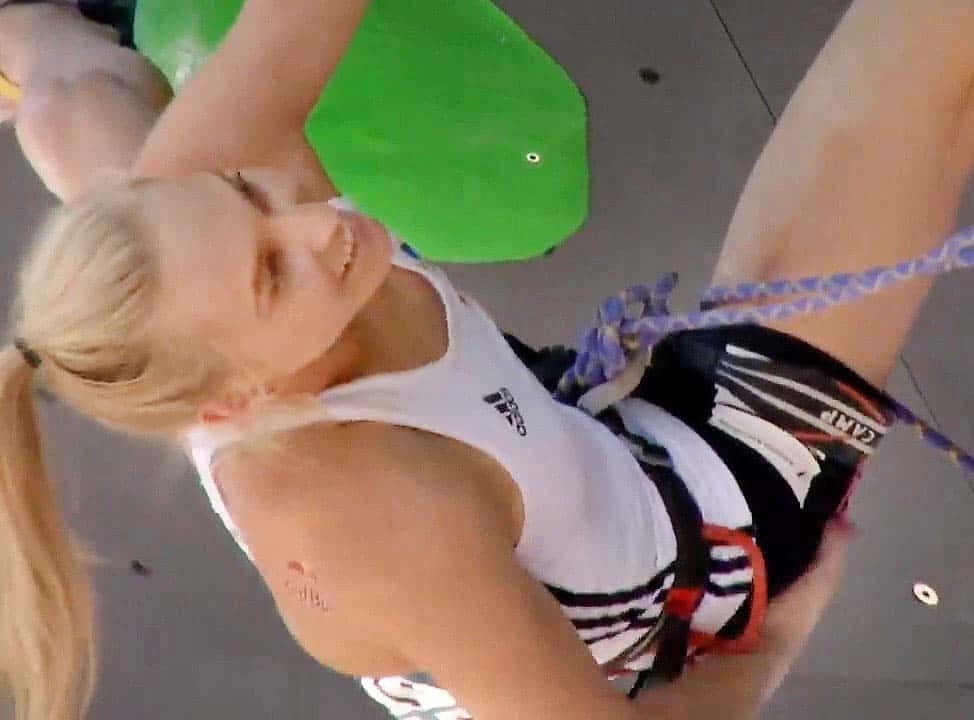Don’t try to tackle a new project the same way you would an onsight attempt. If you’re really intent on pushing your limits, you’ll need to start slow. The next time you hop on a new project for the first time, try these three tips for keeping your cool, exercising patience, and tapping into the climb’s secrets.
No two climbs are the same. That goes for the nature of the climb itself as well as how you approach it. A climb near the limit of your ability, for instance, will feel drastically different than one well within your wheelhouse. For efficiency’s sake, it’s important to tailor your method of attack to fit the level of challenge in front of you.
Projects are supposed to be hard—so hard that they often take every last drop of effort that you have to give. That’s after multiple sessions spent sussing out the exact beta required to make each move possible. You’re not supposed to be able to do it all right away…or even come close. And if you can, well, you’re probably not aiming high enough.
With that in mind, it wouldn’t make any sense to tackle a big project the same way you would an onsight attempt. An appropriately challenging climb won’t go down on the first attempt—so don’t even try! You’ll only waste your most precious commodity as a climber: energy.
Instead, prioritize patience. Treat the first time on a new route like a first date that you really don’t want to screw up. Take it slow and get to know the rock. Only then will you unlock its secrets.
Hangdog It Up
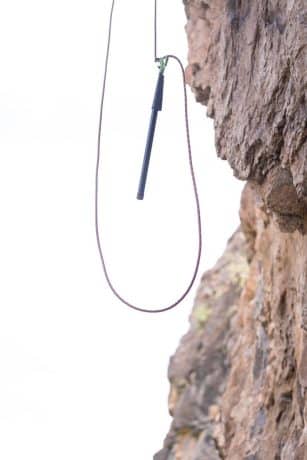
No shame in the stick clip game on a new project! Haul that baby up with you to try new moves safely and securely.
Your first time on a new project might involve more hanging around than actually climbing. If so, breathe easy: you’reon the right track. These moves are likely to be some of the hardest you’ve ever attempted on a route. They’re not going to make much sense at first glance. It’s well worth it to slow down and figure out what the route is asking of you before throwing yourself at it. Otherwise, you risk getting shut-down and overwhelmed before you ever really get started.
Take it bolt to bolt. Explore each sequence, with the goal of making it to the top by whatever means necessary. No shame in the stick-clip game! Getting stuck at the third bolt because you were too proud to clip up and keep moving will only slow down the projecting process because you missed out on most of the route. Keep your ego in check and remember that this is all in the name of sending. Just not today.
Be a Goldfish
Refrain from letting any one section on your new project bog you down. Try the moves, but don’t get too sucked in just yet. Many sections will feel hard, if not impossible. Let it go and keep moving. There will be time to figure out all the minute details soon enough. This is your opportunity to touch every hold, piece together a route map, and get an idea of the overall demand. Without that big picture perspective, you won’t know what you’re really dealing with. You’ll be back before you know it to dive into the toughest parts more deeply. For now, just keep swimming.

Give every hold on your new project a solid squeeze—but don’t give it everything you have. Not yet, at least!
Keep It Mellow
This isn’t the time for showing off. Don’t sink all your effort into the first go. This climb is going to take everything you have for the next few weeks, months, or even years. You don’t need to give it all away on the first attempt. Aim for half-hearted energy. Go through the motions, trying the moves on for size as you go, but restrain yourself. You’ll need that energy for the next few goes on the project, when you’re ready to start chunking things down.
Think of the route like a buffet. Give yourself the chance to taste a tiny bit of everything first. Go for little bites to keep from getting too full too fast. You can always go ham on your favorites during round two.
Related Articles:
- Projecting 101: 6 Tips for Sending Your Project
- The “10-4” Rule for Projecting Sport Climbs
- Highpointing Versus Lowpointing Tactics for Sending Your Project
- Anatomy of a Redpoint Project and the “Send Go”
- Onsight Practice Payoffs for Faster Improvement
Copyright © 2023 Lucie Hanes & Hörst Training LLC | All Rights Reserved.

